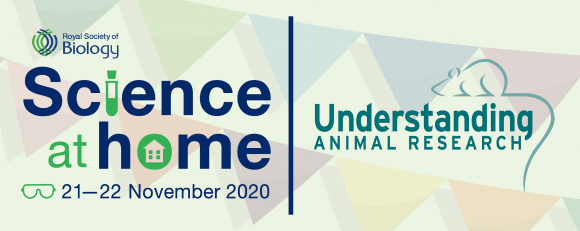Understanding Animal Research
Understanding Animal Research is a not-for-profit organisation that explains why animals are used in medical and scientific research.
UAR aim to achieve a broad understanding of the humane use of animals in medical, veterinary, scientific and environmental research in the UK.
Understanding Animal Research’s education and outreach team have provided a range of videos as part of this year’s Science at Home.
Find out more about the role of animals in medical and scientific research in the UK and what is being done to improve welfare and address the complex ethical questions raised by animals in science.
What are viruses? | Zone 2: broadening your horizons
Has the coronavirus outbreak made you wonder how viruses work and what can be done about them?
This short animation aims to help anyone understand what viruses are, what they do to you and what, if anything can be done about them.
The history of pregnancy testing | Zone 2: broadening your horizons
The modern pregnancy test is affordable, quick, and convenient. Women can find out if they are pregnant in a matter of minutes, but it has not always been this way.
Rabbits, frogs, and sheep have all played their part in helping to develop the modern pregnancy tests we are all familiar with today, find out how in this short video.
Caring for lab rats | Zone 2: broadening your horizons
Have you ever wondered what the life of a lab rat in the UK is like? Are you curious about how they live, how they behave and how they are cared for?
Check out this short video on caring for lab rats in the UK. Hopefully it can answer some of your questions.
Take a virtual lab tour | Zone 3: scientists at work
The reality of a modern animal research laboratory might not be what you imagine.
Take this interactive virtual tour of the Oxford primate facility and discover the reality behind the myths and hear from the people who work with and care for research animals every day.
Find out more
Find out more about Understanding Animal Research on their website, or follow them on Twitter, Facebook, LinkedIn, Instagram, or YouTube.


